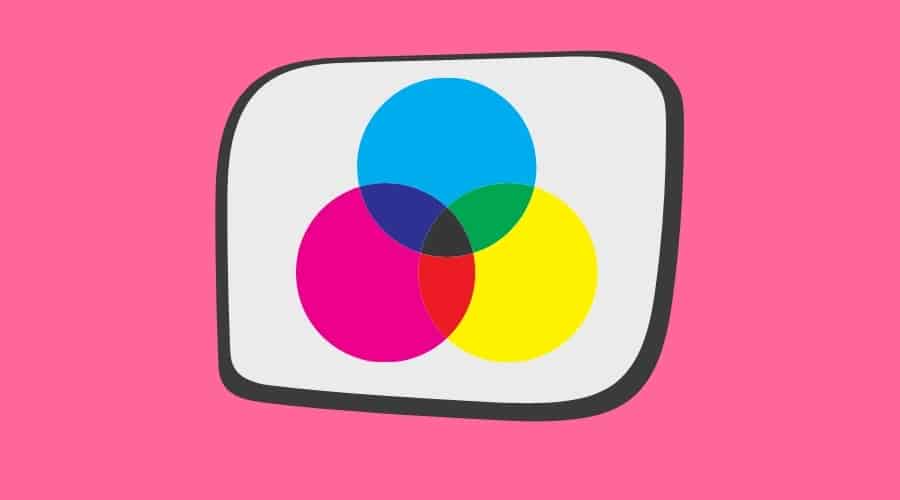
What is CMYK, RGB & PMS?
Posted Jan 12, 2021 | Updated 3 years ago
If you’ve ever had a logo designed or worked with a printer chances are you’ve heard the terms CMYK, RGB and Pantone before. Besides being used by designers and printers, these color profiles are also used by a variety of industries.
What is RGB?
RGB stands for red, green and blue and represent the primary colors of visible light. RGB’s color spectrum is roughly 16 million hues of light which is why it is for all digital screens. And because RGB is light based, it is an additive color so when combined in equal amounts, red, green, and blue appear as white.
What is CMYK?
CMYK, on the other hand, stands for Cyan, Magenta, Yellow, and Black, the standard color set for print based products. And because CMYK is pigment based it can only produce around 6,000 colors with varying levels of cyan, magenta and yellow producing most of the color then black is used to darken hues created by the other three colors.
What is PMS/Pantone?
Then finally, PMS which stands for Pantone Matching System®. This system is used by printers around the world to select, specify, match, and control ink colors. The matching system is quite extensive and is widely used in the print, textile and car industries to assure colors are consistent across all manufacturing facilities.
Why do RGB Colors not look the same as CMYK or PMS?
For businesses, knowing what your company’s colors are in RGB, CMYK, and PMS is extremely helpful as it helps you stay consistent no matter what media you are using. It’s also good to note that colors will look similar to each other but not exact. That is because as you go from RGB to CMYK to Pantone the color spectrum shrinks substantially resulting in some color variance across the three profiles.
To put it more simply: there is not a perfect overlap in the range of colors that are visible to the human eye, reproducible with RGB additive color, and reproducible with CMYK subtractive color.
Whereas the human eye can see billions of colors, RGB can reproduce 16 million, and CMYK printing will only produce 5-6 thousand colors…
…which means some colors will convert from RGB to CMYK fairly well (because the color is in the CMYK color gamut) and others will convert poorly (when the RGB is outside the CMYK color gamut).
Try this exercise to illustrate the color gamut incompatibilities:
Using InDesign, PhotoShop, or any other design software that has color gamut selection, convert RGB blue to CMYK. Watch what happens to the color. Does it turn to purple? Now reduce the percentage of magenta by 50% and watch it turn back to blue. This is a dramatic example of how additive and subtractive color spaces are not perfectly overlapped.
Originally posted November 4, 2013
